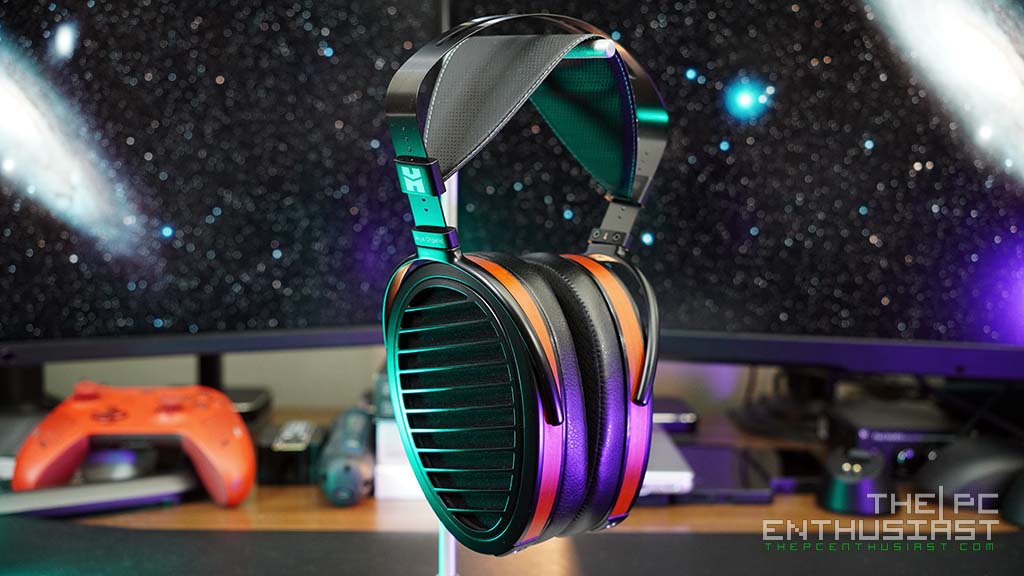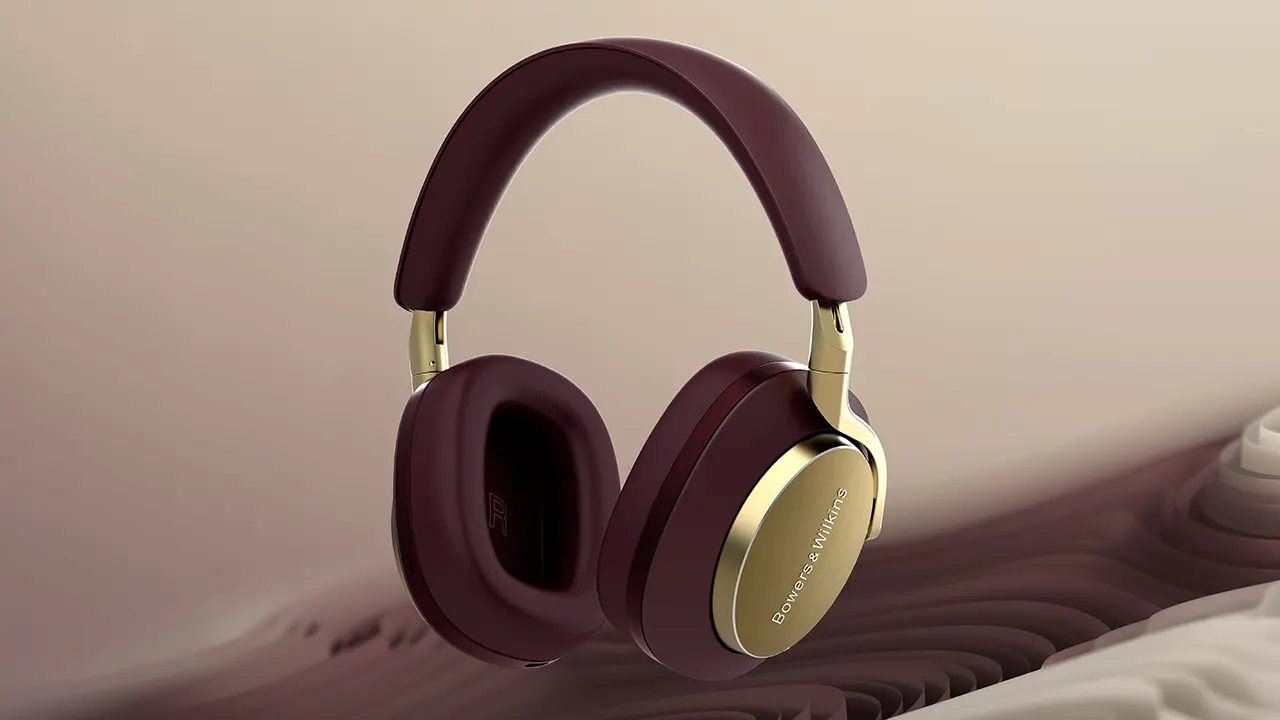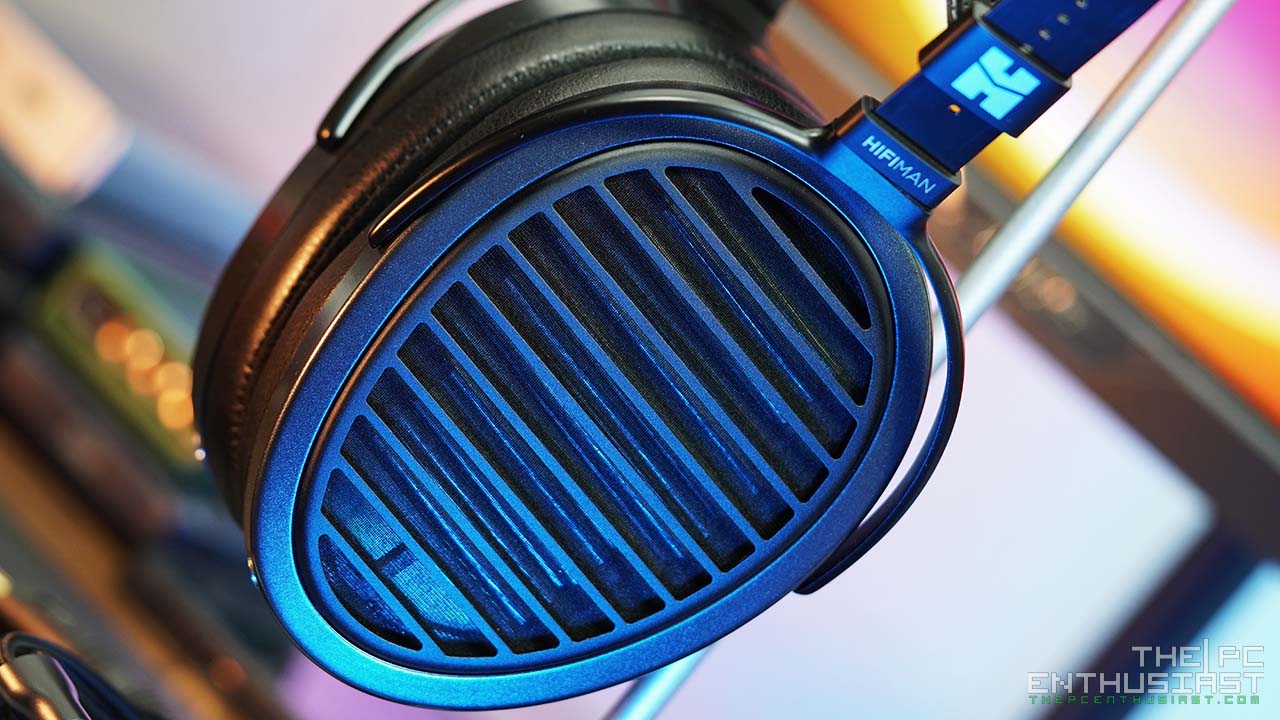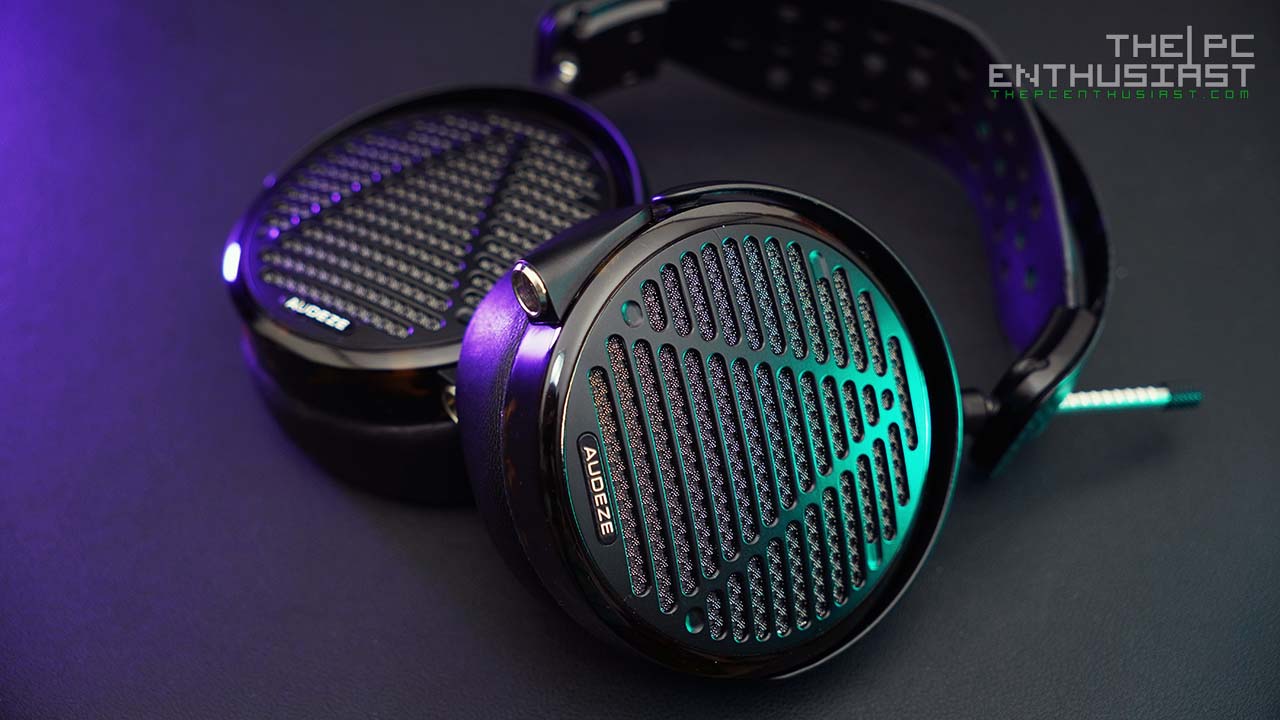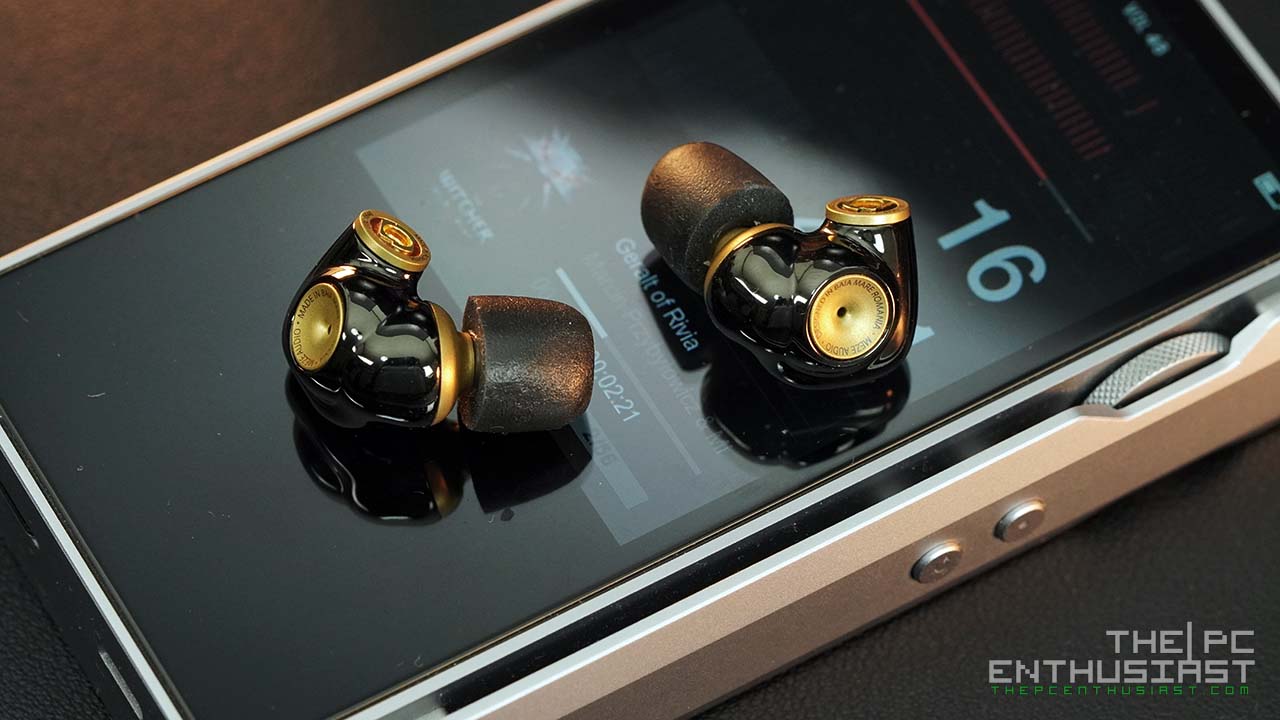Mid this year, Elgato released its first-ever microphones for PC – the Elgato Wave:1 and Wave:3. Both products are said to be premium microphones developed in partnership with a “world-renowned” microphone manufacturer LEWITT. Today, let’s check out the Wave 1, which is the cheaper variant between the two. I have this seating on my desktop for quite some time now and today I’m going to share my experience using the Wave 1. If you are in the market for a USB microphone for media streaming, podcast, or any A/V content creation, continue reading our Elgato Wave 1 review below and learn more.
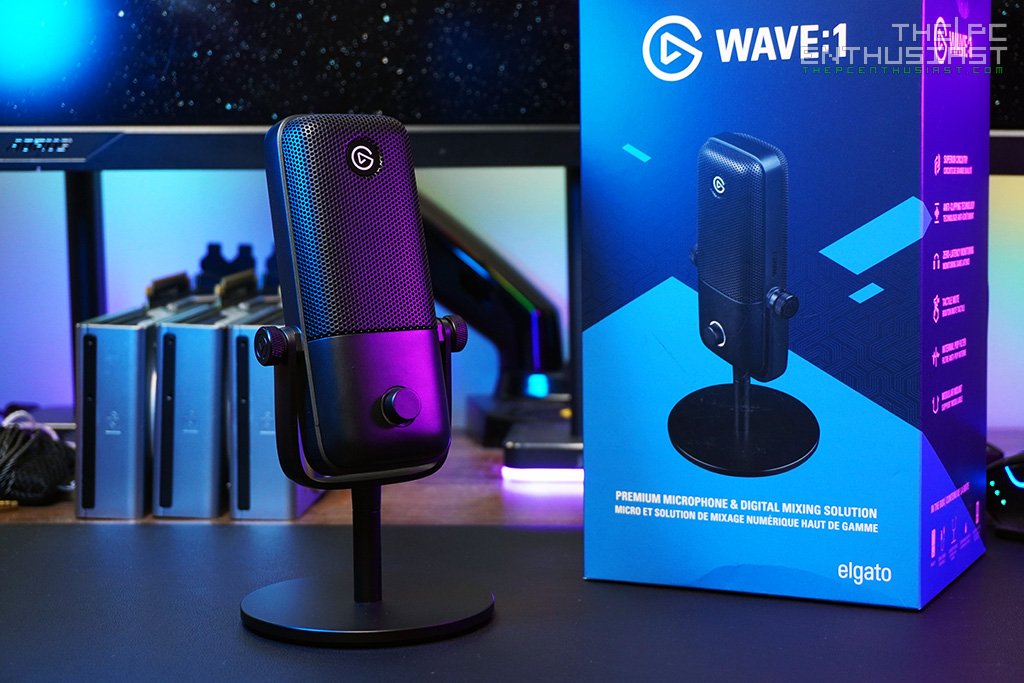
Elgato Wave 1 USB Microphone Review
The Elgato Wave 1 is a broadcast-quality USB microphone for PC. It’s compatible with Windows 10 (64-bit) and macOS 10.15 or newer. Inside the Wave 1 is a “premium” condenser capsule in a cardioid polar pattern that is fine-tuned for speech. It also features a 24-bit / 48kHZ analog-to-digital converter that is said to produce “broadcast-grade” detail and clarity.
The Elgato Wave 1 also features a proprietary Clipguard anti-distortion technology. This tech is developed with LEWITT Audio and is made specifically for Elgato Wave microphones. The anti-distortion feature works by rerouting sudden peaks through a secondary signal path that runs at a lower volume. The process is automatic and there is no need to constantly monitor or adjust the input levels.
Another feature of Elgato’s Wave microphones is a switchable low-cut filter that helps remove low-frequency interference. There is also an internal pop filter that reduces distracting plosive breath noise for a clear, professional stream. Of course, if you think the internal pop filter is not enough, you can always add an external pop filter depending on your needs. The Wave mics have an optional pop filter accessory but are sold separately.
Below is the technical specification of the Elgato Wave:1 microphone. After that let’s take a closer look at the product itself.
Elgato Wave 1 Specifications
| Capsule | 17 mm Electret |
| Polar Pattern | Cardioid |
| Resolution | 24-bit |
| Sample Rate | 48 kHz |
| Frequency Response | 70 – 20000 Hz |
| Sensitivity | -25dBFS (min gain) 15dBFS (max gain) |
| Max SPL | 120dB (140dB Clipguard engaged) |
| Dynamic Range | 95dB (115dB Clipguard engaged) |
| Interface | USB-C |
| Headphone port | 3.5mm Stereo |
| Headphone output resolution | 16/24-bit |
| Headphone Output Sample Rate | 48 kHz |
| Headphone Output Power | 75mW @ 16 Ohm |
| Dimensions | 5.6 x 2.6 x 1.6 in (141 x 66 x 40 mm) |
| Weight | Mic & U-Mount – 8.64 oz (245 g) Base – 10.93 oz (310 g) |
| USB cable length | 2.5m (250cm) / 8.2ft (98.4in) |
Check Elgato Wave microphones latest pricing and availability:
Wave 1 – available on Amazon.com here
Wave 3 – available on Amazon.com here
Packaging and Closer Look


The Elgato Wave:1’s packaging is quite larger than I expected. I believe the Wave:3 also comes in a similarly-sized packaging. Also, despite the size of the box, there’s not a lot of accessories included inside the box. The retail box includes the Wave:1 itself; a USB type-C to type-A cable; a boom arm adapter; reading materials; and the desktop stand which is already connected to the microphone.
I wish they included more accessories in the packaging, like the shock mount or external pop filter. Unfortunately, the company decided to sell those (optional) accessories separately.
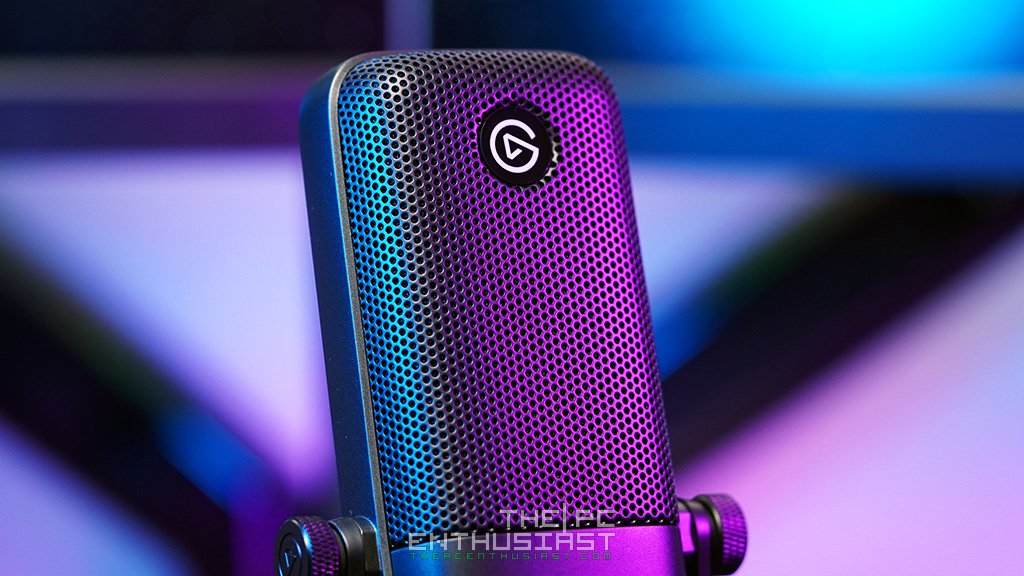

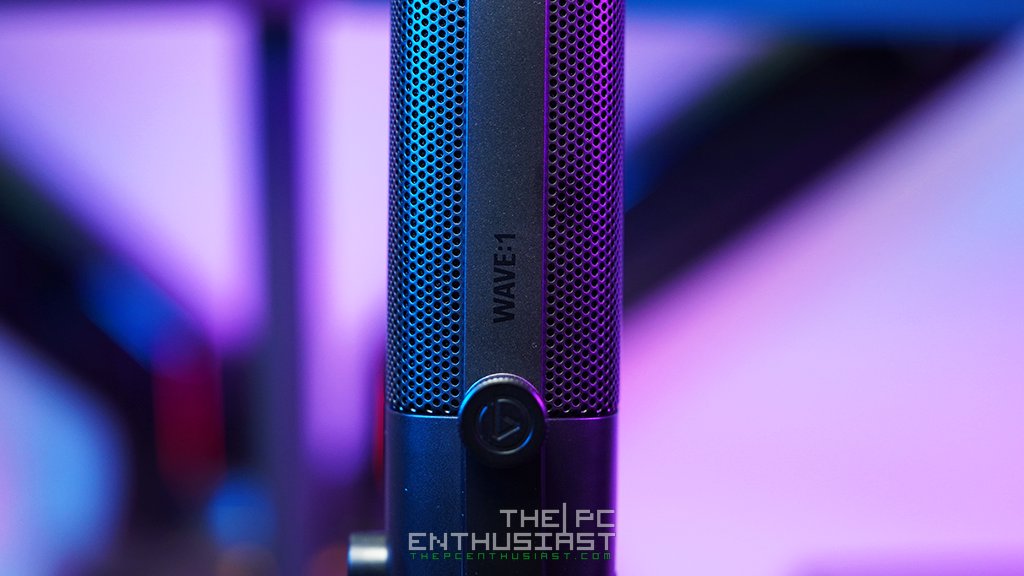
The Elgato Wave:1 looks very simple with its all-black design and mostly metal construction. The “frame” on the sides, the volume knob, and the lower-half cover are plastic. There is no fancy RGB lighting on this microphone and doesn’t have any gaming-vibe to it. Unlike other USB microphones like the HyperX QuadCast Microphone that has RGB lighting inside the mic itself. The Wave 1 is more professional looking, simple, and discrete.
Elgato uses a steel grille with a multilayered noise shield underneath for smooth sound diffusion and protects the condenser capsule underneath.
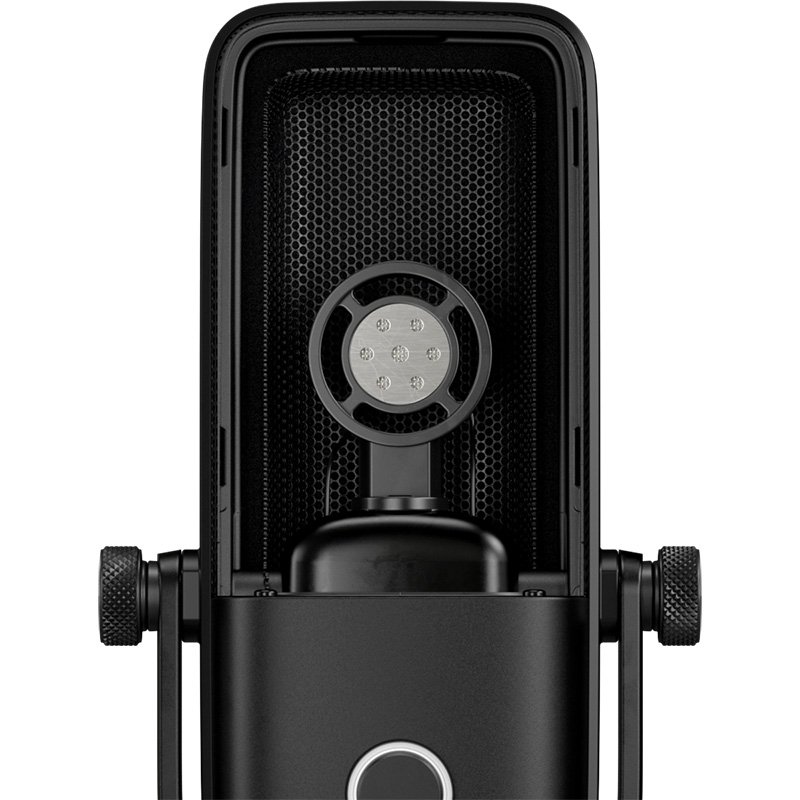
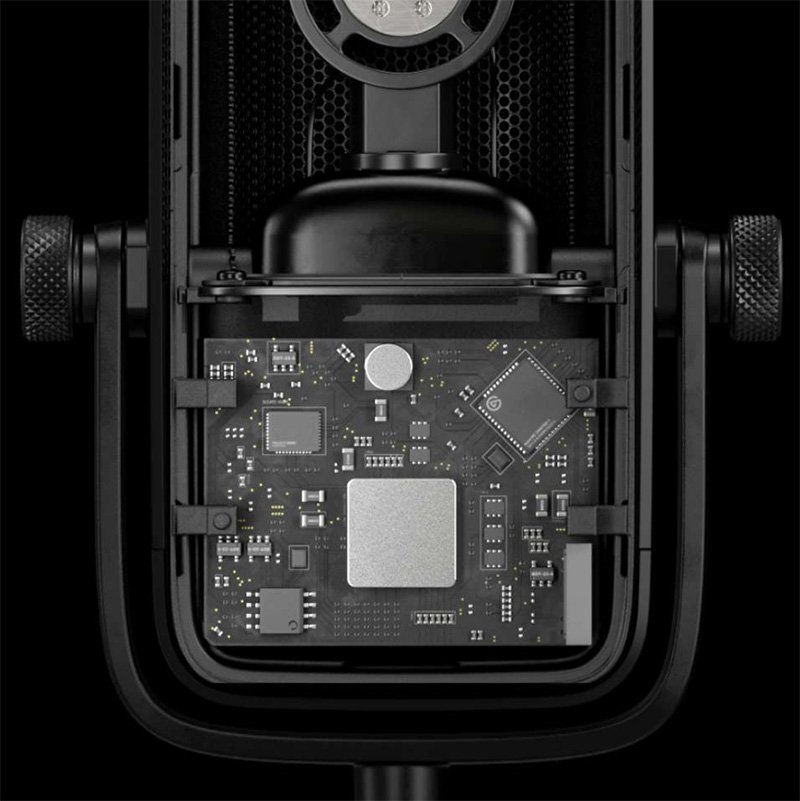
I didn’t open or dismantle my Wave 1 since I definitely do not want to destroy it. But the photos above show how the insides of this USB microphone looks like. In the first (left-hand) photo, you can see the “premium” condenser capsule that has a cardioid polar pattern. The Wave 1 and Wave 3 have the same condenser by the way.
On the lower portion is the circuitry board of the Wave 1. The circuitry of the Wave 3 may look different since that mic has more controls or functionality compared to the Wave 1.
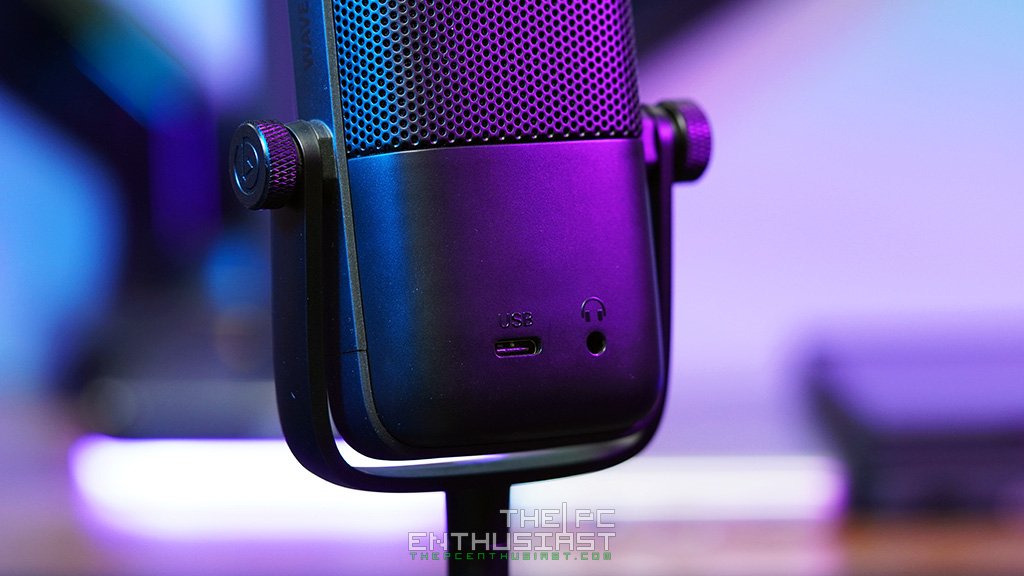

The USB Type-C port and 3.5mm headphone jack are located on the rear side of the microphone. As you can see from the second photo above, the base can be detached and the Wave 1 can be attached to a boom arm.
Speaking of the base or its metal stand, it has a good amount of weight to it; perhaps a bit heavier than the mic itself. The bottom of the stand is rubberized so it won’t slip or slide easily as well. However, you do need to hold the microphone or support the back side if you want to push the volume knob to mute or unmute the mic.

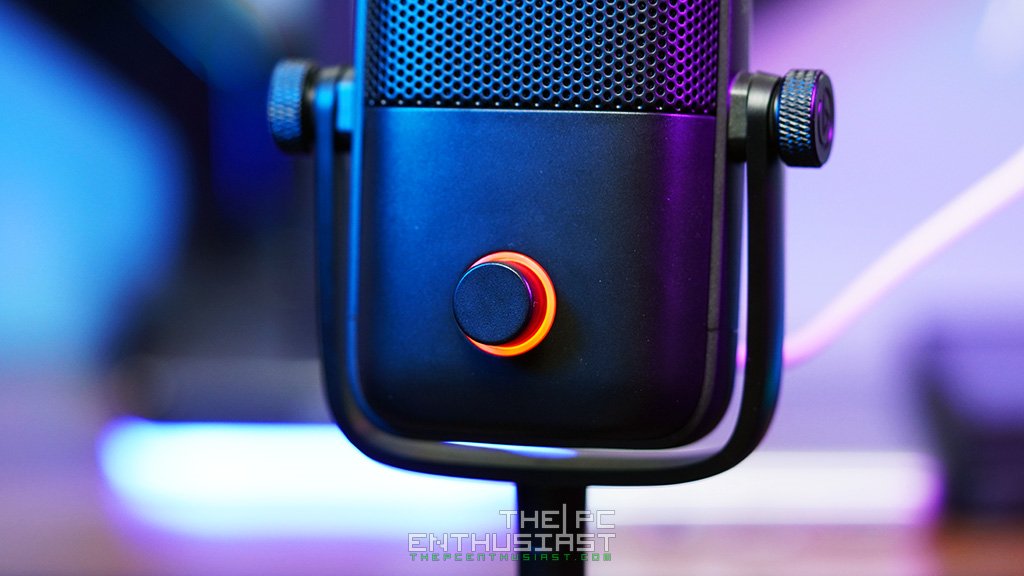
The Elgato Wave 1 has only one volume knob that acts as a mute button as well. The control is digital so the knob will continue to turn regardless of direction. There is a subtle click or “step” that you can feel as you turn the knob.
Using it is pretty much straight forward. Simply turn the knob to the right to increase the volume, vice versa; or push the button to mute the mic. The white color indicates that the microphone is active, while the red color means the mic is muted.
Wave Link Software


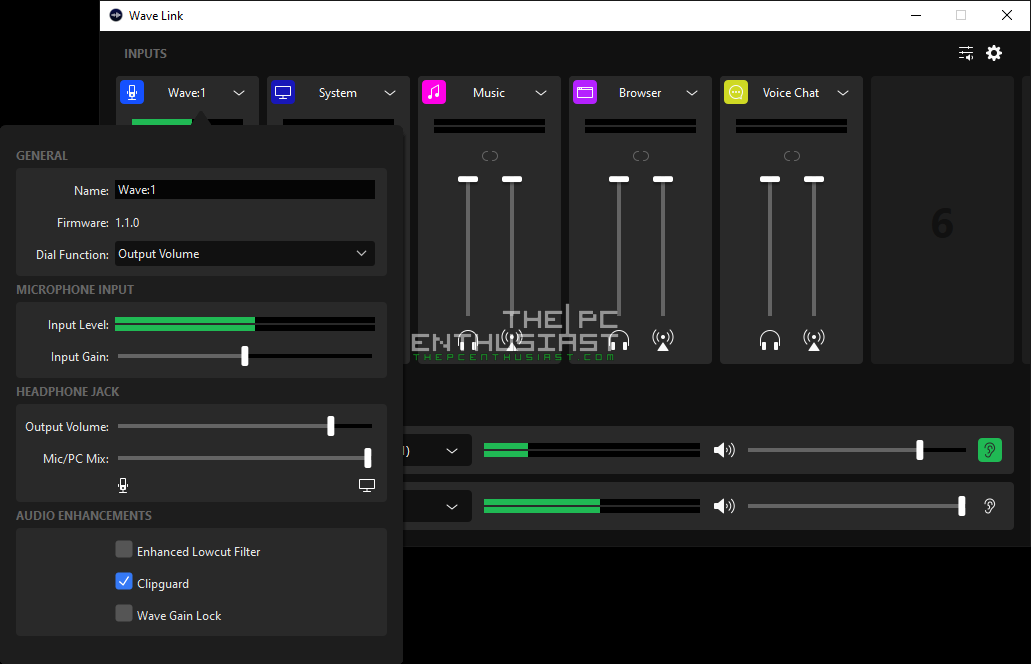
The Wave 1 microphone is just one portion of the whole package. When you buy the Wave 1 or Wave 3, you also get access to Elgato’s Wave Link software. I have read in the forums that it is possible to use the Wave 1/3 without the Wave Link or use a different software. But you can not use the Wave Link without a Wave microphone.
This small software is like an audio mixer where you can combine different audio from different sources and control the final output of your audio. You will also need the Wave Link to configure some of the Wave’s features, like enabling/disabling Clipguard, Lowcut filter, Wave gain lock, input gain, and volume.
The beauty of this software is that it works with other audio related software as well. Now, I haven’t tried every single audio software out there. But I can confirm that it works with Voicemod, Audacity, and NVIDIA Broadcast.
NVIDIA’s Broadcast app is a powerful tool that has several features and functions attached to it. Though you do need an RTX graphics card for it to work properly.
Elgato Wave 1 Testing and Experience
Using the Elgato Wave 1 microphone is very easy. Simply download the software and plug the Wave 1 using the USB cable supplied. Your Windows (or Mac) should detect it right away and you only need to select it as the default input/mic, assuming there are other audio input devices.
I don’t have an audio recording or clip to share with you, unfortunately. But the Wave microphones are made for streamers and podcasters. It has an emphasis on vocals, or it’s strong points is capturing one’s voice. I also used the Wave 1 to capture ambient sounds while doing some unboxings. And I realized that it may be a good microphone for ASMR videos as well. Just may be.
The Wave 1 is quite sensitive and it can pick up minute sound and background noise. You can adjust the sensitivity if you don’t want to capture unwanted background noise. Or you can use NVIDIA Broadcast in tandem with the Wave Link to eliminate background noise.
One key feature I would like to emphasize is Clipguard. It is very useful since it can automatically “clip” sudden (unwanted) audio spikes that may be harsh or too loud to the ear. For example, I tried clapping my hands close to the Wave 1 as loud as I can. As I clap loudly, I can see the volume meter reaching the yellow-red mark, meaning the sound is loud. Once I enable the clipguard and clapped my hands as loud as I can again, the volume meter doesn’t reach the yellow mark at all.
That’s a pretty handy feature if you ask me. Once you enable it, you don’t have to worry about getting any sudden spikes or (extremely) loud audio anymore.
Pricing and Availability
Both the Elgato Wave:1 and Wave:3 are now available. They come with a manufacturer’s suggested retail price of $129.99 for the Wave 1 and $159.99 for the Wave 3. However by the time I published this review, it looks like their respective current retail prices are a bit lower than a few months ago. For latest pricing and availability, you can check them via the links below.
Check Elgato Wave mics latest pricing and availability:
Wave 1 – available on Amazon.com here
Wave 3 – available on Amazon.com here
Elgato Wave 1 Review Conclusion – Who is Wave 1 for?
I think the Elgato Wave 1 is a great USB microphone for those who are streaming or perhaps doing some commentary on their video. When it comes to audio pickup pattern, it is not as versatile compared to other microphones in the market. It only has a cardioid pickup pattern and can record audio coming from the front and a bit on the sides.
If you want a microphone that is capable of a multi-polar pattern, you might want to check out HyperX QuadCast, QuadCast S, or the Blue Yeti instead. Although these microphones are a bit more expensive than the Wave 1, especially the QuadCast.
The Elgato Wave 1 may not be as versatile compared to the other mics, but it does give you access to Elgato’s Wave Link app that can be pretty useful depending on your setup or needs. If you want to organize different audio sources using one app or software, the Wave Link can be a powerful tool.
When it comes to built quality, the Elgato Wave 1 is well-built and feels solid overall. “Premium” may be a bit of an overstatement, but it does feel or look near-premium quality in my opinion.
Elgato Wave 1 vs Wave 3 – Which One To Get?
If you’ve decided to get one of the Wave microphones, the next question you may be asking is what’s the difference between Wave 1 and Wave 3. Both the Wave 1 and 3 feature the same condenser, audio recording capability and quality, and overall build quality.
The features or functionality that are not available on the Wave 1 are: capacitive mute function (just tap to mute); the additional control function; and the Wave 3 has a maximum sampling rate of 96kHz compared to Wave 1’s 48 kHz. Aside from those features, the Wave 3 is also around $25 to $30 more expensive than the Wave 1.
If you can spare $30 more and if you think those additional features are important or useful to you then go for the Wave 3. Otherwise, if you want to save some cash and you don’t need the additional features, the Elgato Wave:1 is a good choice as well.


